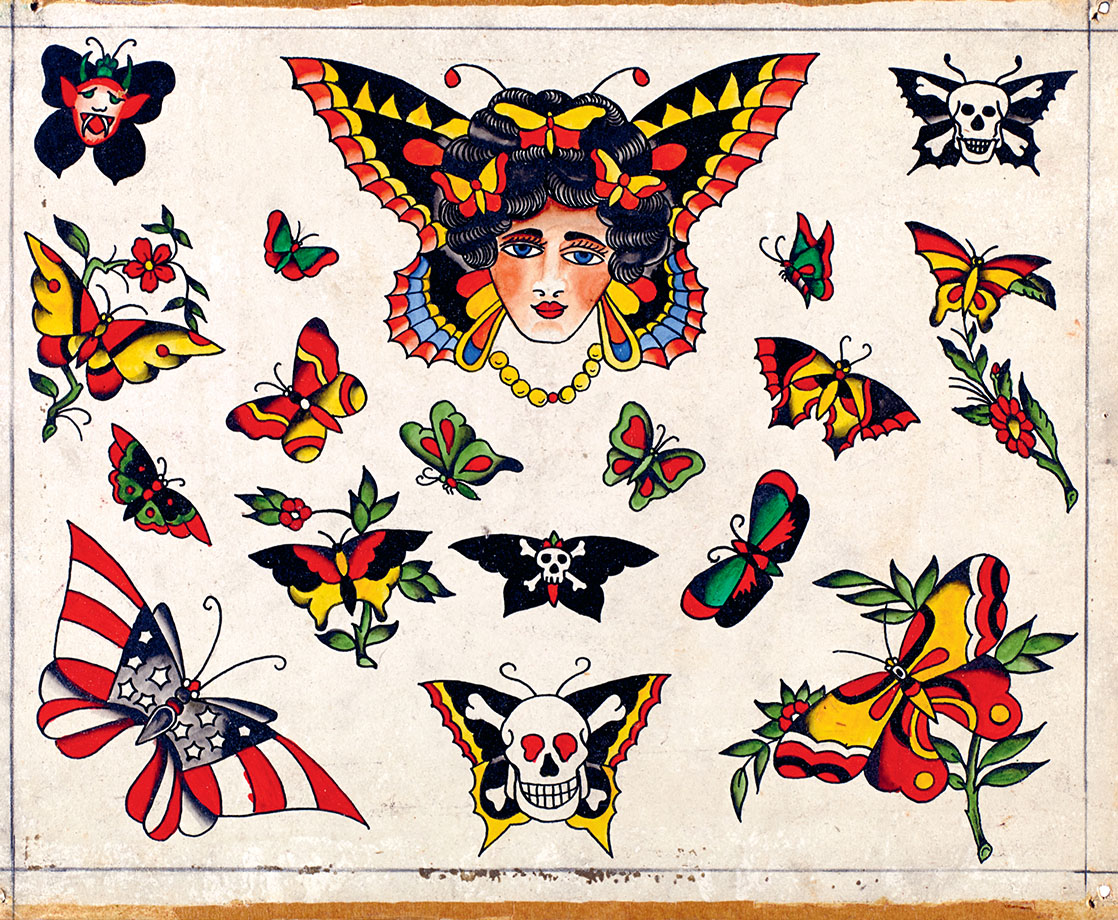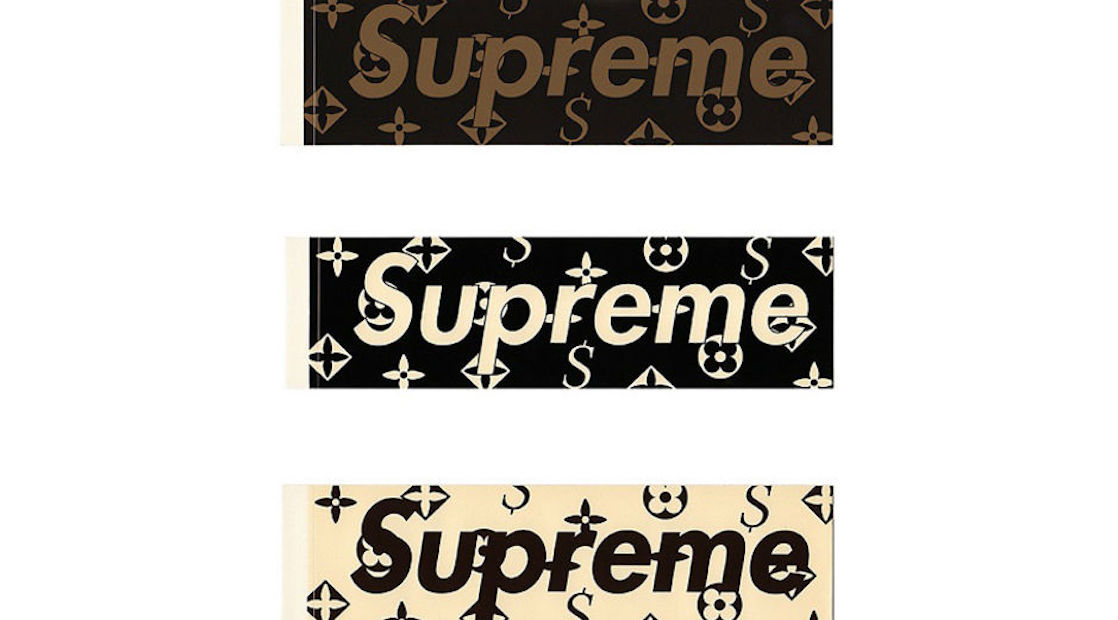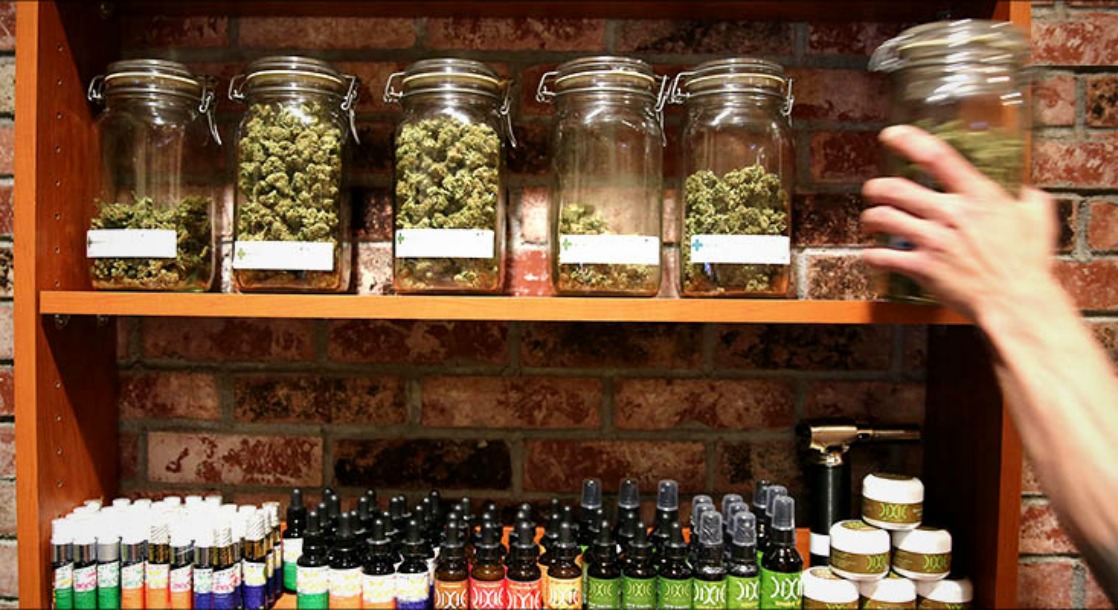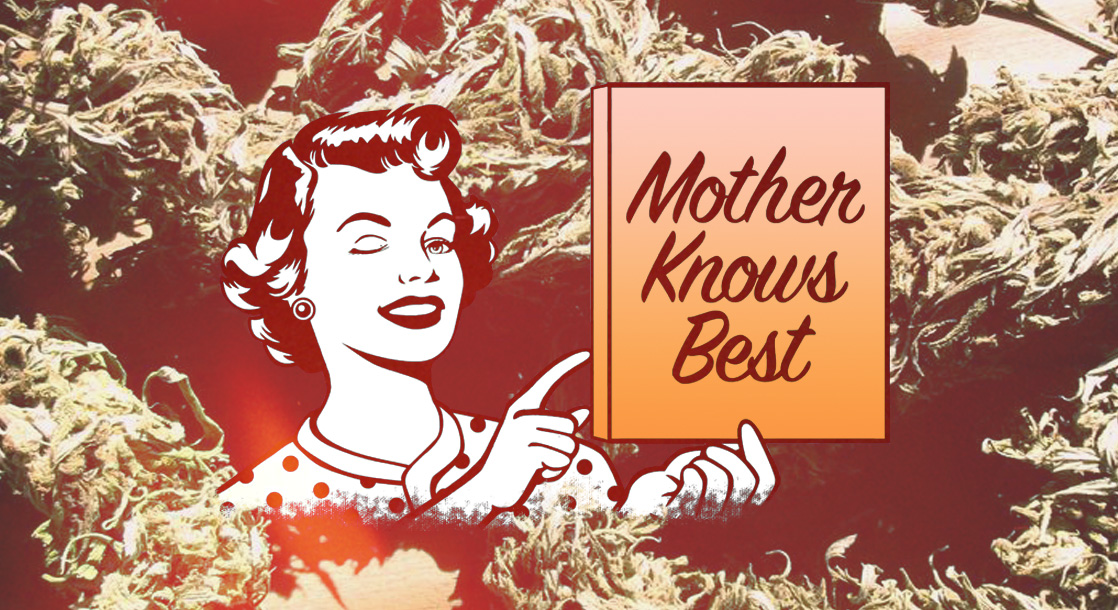All images courtesy of PowerHouse Books and Jonathan Shaw
Tattoo master, underground art icon, and multi-genre author Jonathan Shaw has returned with a follow-up to his must-have compendium of classic ink iconography Vintage Tattoo Flash. The logically-titled and even more eye-popping and mind-bending Vintage Tattoo Flash, Volume Two (PowerHouse Books) hits the street on October 17, 2017.
Shaw's life is a wild ride like no other. His dad was big band titan Artie Shaw and his mom was movie star Doris Dowling. As a kid in the 1960s, Shaw apprenticed under California tattoo pioneers along the Pike boardwalk before running alongside outlaw LA giants on the order of Jim Morrison, Charles Bukowski, and the Manson Family.
After relocating to New York — where tattooing was illegal — Shaw inked punk rockers and other daring outsiders from his apartment until the 1990s. Once the city dropped its prohibition, Shaw opened Fun City Tattoo on St. Mark's Place and added yet another chapter to his legend.
Jonathan Shaw took some time to talk to MERRY JANE about Vintage Tattoo Flash, Volume II. Check out our chat and, more importantly, images from Shaw's awe-inspiring new collection.

MERRY JANE: Vintage Tattoo Flash Volume Two is amazing, beautiful, and powerful — just like Volume One. What brought about this follow-up book?
Jonathan Shaw: Thank you! Actually, both books are exclusively comprised of imagery taken from my own collection of original classic tattoo design sheets (tattoo flash). It's a huge archive of antique tattoo art I've been collecting for over 40 years now. At this point, there's enough artwork to wallpaper a fucking warehouse.
So these first two Vintage Tattoo Flash books are really just the tip of the iceberg. I'm sitting on enough of this old tattoo flash to easily put out another 20 volumes. And, judging by their popularity, I'll probably keep coming out with more books, like one a year till I eventually run out of material. I won't be running out anytime soon, though, so keep your eyes peeled if you like this stuff. There's definitely more to come.

As much as "anything goes" when it comes to tattoos today, classic flash pieces remain popular. Why do you think that is?
Well, it's tried and true, and I think people appreciate that. With all the bells and whistles of artistic and technical advances in modern tattooing, and the overwhelming glut of design options available to people nowadays, there's always much to be said for the good old designs of yesteryear.
I think it's the same with most popular art forms. Look at all the crappy popular music we're bombarded with daily nowadays. It's like a shit tsunami for the ears, and it's fucking everywhere, really hard to avoid unless you never leave the house. But, given a choice, most people I know would rather just listen to classic rock or old jazz or whatever. I think it's the same with tattoos for a lot of folks. If it ain't broke, why try to fix it or fancy it up?

In what ways has tattooing and tattoo culture evolved in the 21st century?
Like I wrote in the book's intro, tattooing has changed and grown more in the last 40 years than in the last five centuries. Just in the few decades since I came into it, I've personally witnessed such a radical evolution it's mind-boggling. I started tattooing in the mid-1970s, which might as well have been the 1870s tattoo-wise. Seriously, that's how much and how quickly the thing has evolved in a relatively short time span.
When I was first breaking in, you'd be hard pressed to find anything in writing about tattooing. Aside from the odd sensationalist article in some old men's pulp magazine, before Spider Webb's groundbreaking book Pushing Ink came out in the late '70s, there was nothing. I think the only other book about tattooing in existence was one from the 1930s. To give you an idea, it was called Tattoo: Secrets of a Strange Art, and it was pretty much a pathological study of tattooing in the context of sailors, whores, and criminals, sleazy dockside tattoo parlors and carnival midways, that sort of thing. Then in the '80s, Ed Hardy came out with Tattootime, and a few years later I launched the first big glossy mainstream international tattoo magazine, and the rest is history.
Today, you can find literally hundreds of books and magazines dealing with tattooing, all kinds of printed matter, not to mention all the TV shows, conventions, and all the rest. You can walk down the street of any city in the world now and see dozens, if not hundreds of tattoo shops. You can buy professional tattoo supplies online, fer chrissake! This kinda thing was unheard of back in the day.

The modern explosion of technology has impacted everything. How has it hit tattooing?
Back when I was first breaking in, we had to make our own equipment, that sort of thing. There were only like a few dozen legitimate professional tattoo artists in the world, and those old scab vendors were a real clannish, tight-lipped bunch. If you walked into one of their places and started asking too many questions, they'd probably chase you out the door with a baseball bat.
But on some levels, it's not just tattooing that's exploding. Look at rock 'n roll music, the whole drug culture, medical marijuana stores, and so many other things. The whole world is changing really fast now with the media and the Internet. I think since the Industrial Revolution, from that period going forward, time itself has picked up speed exponentially for all human endeavors. Progress, you know?
I mean, think about it. Just over a century ago there was no fucking electricity, no cars, no planes, no telephones. Nothing. My old man was born at the turn of the century. He died in his 90s. Just think of all the changes somebody like that must have witnessed in his lifetime. No wonder the guy was so fucking nuts. Overload! [laughs]

Have you noticed any connections between weed culture and tattoo culture?
I guess a lot of people who smoke weed might also get tattooed, and vice-versa. A lot of tattooed people probably smoke weed. But that could pretty much apply to anything. People smoke weed and people get tattooed. Both things were kind of fringe interests back in the day — still are, I guess. I used to be friends with the guys who ran High Times, so there was always some commonality, I guess.
Read any other great tattoo books lately?
I did read a great book recently by a fellow author and recovering tattoo artist named Jeff Johnson. We even have the same literary agent and the same publisher. What are the chances of the only two literate tattoo artists-turned-writers being thrown together like that?
Anyway, he wrote a charming little book called Tattoo Machine, and it's basically a bunch of really cool fly-on-the-wall stories from this crazy walk-in tattoo shop he used to own and operate. It's a real deal book, and I really liked the way it's written, with the kind of gritty, authentic gallows humor that only an insider could bring to something like that. Yeah, I really dug reading it.
I guess this is as good a place as any to plug my own recently released memoir, Scab Vendor: Confessions of a Tattoo Artist. It's been getting a lot of good press since it came out, even from big mainstream publications like Publishers Weekly and The New York Times, which was a pleasant surprise. Like the Vintage Tattoo Flash series, Scab Vendor is just the first volume of an ongoing series. Books 2 and 3 are already scheduled for publication, and I've written the outlines for Books 4 and 5, too, so as long as people want to keep reading these stories, I'll keep writing 'em.

Mind-blowing visual artist Joe Coleman both painted your portrait and wrote the intro for VTF2. Can you tell us about Joe's work and your relationship with him?
Joe and I have been close friends for over 30 years now. He's always been like my brother from another mother. I first stumbled across his work at a close mutual friend's "underground" art gallery in LA on the eve of Joe's first big West Coast show.
This was when I was a young upcoming tattoo artist. Tattooing was just coming out of the dark ages then, and there still wasn't a big "outlaw" art scene in general. So seeing Joe's work for the first time, it was like meeting a kindred soul. We hit it off right away and became like best friends, like family. To me, Joe Coleman is one of the greatest visionary artists that ever lived, and I'm just so happy and proud to see him finally getting the recognition and support he deserves. His work is a huge inspiration to me as a writer, too.
Are you still getting tattooed?
I still tattoo occasionally, mostly by appointment, so I'm still around tattoo shops from time to time. And being in that setting, I do still get the odd tattoo from artists I'm friendly with. But I was already pretty much covered in tattoos before most of these new jack tattoo guys were playing with crayons [laughs], so there's not a whole lot of real estate left for getting big tattoos anymore.

What do you foresee as the future of tattooing — and will classic flash always be a part of it?
Tattooing's riding the crest of a very big wave right now. Has been for awhile. Eventually, that wave's bound to crash. When I first opened Fun City Tattoo in New York, we were totally slammed from noon till way past midnight, eight days a week [laughs]. You never got out of the chair. They just kept coming.
Now, the tattoo shops where I do my occasional appointments, you could sit in there for days and not see a single fucking customer. It's mostly because there are a hundred other tattoo places opened up within spitting distance of each other.
But even with all that, there's no doubt that tattooing's always going to be around. It's a popular art form, and one of the oldest, most primal compulsions of the human psyche — the need to adorn the body. Nostalgia for what's gone comes from a deep inner need people have to connect to their cultural roots. It's intrinsic to our human nature, so on that level, it's pretty much a no-brainer to extrapolate that the old classic tattoo art is only gonna grow in popularity.
Ever since the whole Sailor Jerry thing became like a huge marketing brand with the Ed Hardy clothing line and all that mainstream hype, it's become increasingly visible to a more mainstream audience, and now with this book series, I'm getting it out there even more.

Is there a connection between the outsider art world and the mainstream fine art world?
It's just a matter of time before this kind of archive ends up in important museum collections and art galleries. This material is finally being recognized as important historical folk art, and it's becoming increasingly scarce and valuable to serious collectors in the art world.
It's funny, guys like me have always looked at the mainstream fine art world with a sort of sneering contempt, because they've always been 10 steps behind us and still stare down their nose at our work. But the minute these uptown cake eaters finally decide to grace us with their official stamp of approval, it's a big deal for them. For us "outlaw" artists working down in the trenches all our lives, it's just business as usual. Take the fucking money and run. Next? [laughs]

What will ultimately become of your personal vintage flash collection?
I've been offering the whole collection for sale at a million bucks for years, with no takers. Now, there's been a couple of close offers and I've turned them down. I'm asking a little more now, cuz I know it's just a matter of time before some big shot in the art world sees this priceless material as a really great investment. So until somebody ponies up the big bucks, the stuff is going to stay locked away in my friend's art gallery space till the next big show.
No museum has ever had the balls or foresight to exhibit this incredible artwork so far, but I have no doubt all that will change in the very near future. And these Vintage Tattoo Flash books are gonna play a big part in seeing that kinda change come about, God willing.
"Vintage Flash Volume II" is out October 17 through PowerHouse Books — pre-order your copy here
Follow Mike McPadden on Twitter











